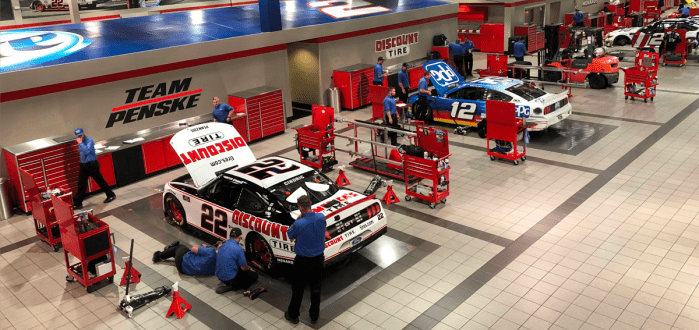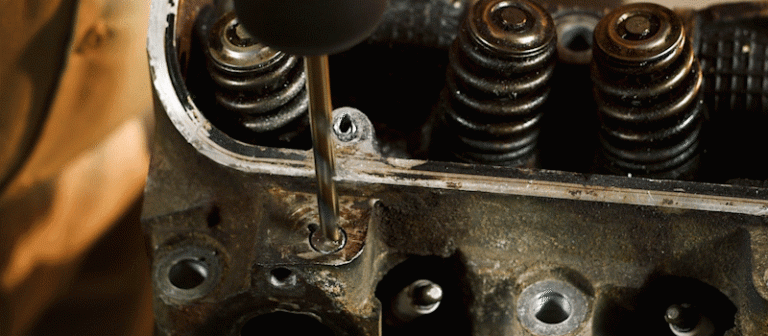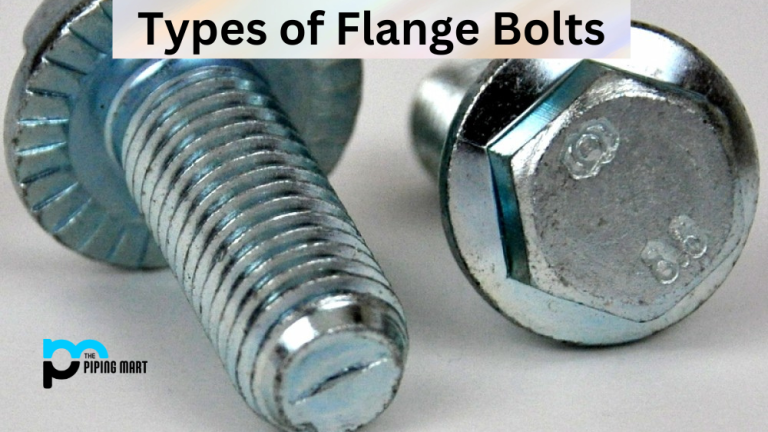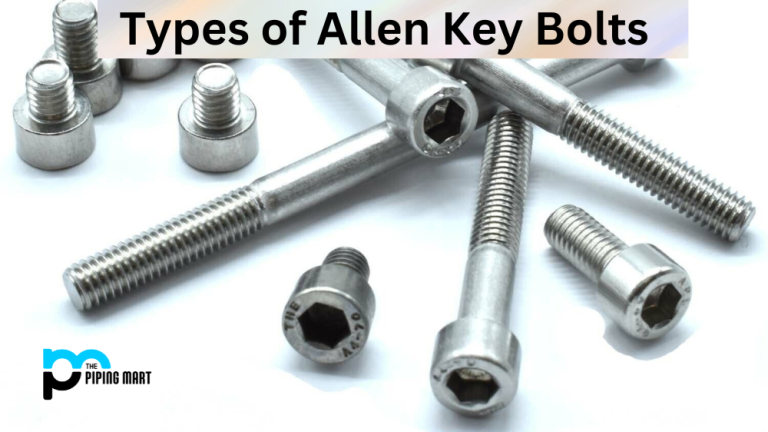Rolling with the 270-00053a Track Roller: A Comprehensive Guide
Rolling with the 270-00053A Track Roller: A Comprehensive Guide
The 270-00053A track roller is an essential component in tracked machinery, providing support and facilitating smooth movement. This comprehensive guide will cover everything you need to know about the track roller, including installation, operation, maintenance, and troubleshooting.
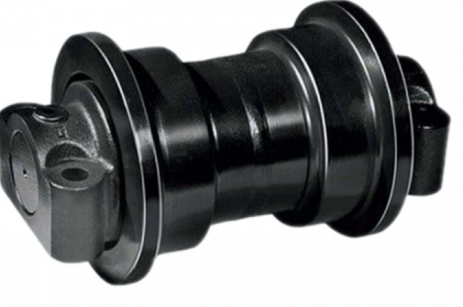
1. Overview of the 270-00053A Track Roller
Key Features
- Durable Construction: Designed to withstand heavy loads and harsh operating conditions.
- Smooth Operation: Reduces friction and wear during movement, enhancing efficiency.
- Sealed Bearings: Protects internal components from contaminants.
2. Installation Process
Installing the 270-00053A track roller correctly is vital for optimal performance. Follow these steps:
A. Preparation
- Gather Required Tools:
- Wrenches
- Screwdrivers
- Alignment tools
- Wear Safety Gear: Use gloves, safety glasses, and steel-toed boots.
B. Installation Steps
- Remove Old Track Roller (if applicable):
- Lift the tracked vehicle safely using a jack.
- Detach any components connected to the old roller.
- Clean the Mounting Area:
- Remove dirt and debris to ensure a clean installation.
- Install the New Track Roller:
- Align the new roller with the mounting bracket.
- Secure it using bolts, tightening them to the manufacturer’s specifications.
- Ensure proper alignment with the track.
- Adjust Track Tension:
- Follow the manufacturer’s recommendations to set the correct tension.
- Final Inspection:
- Double-check that everything is secure and aligned before lowering the vehicle.
3. Operating the Track Roller
A. Pre-Operation Checks
- Inspect the Roller: Look for signs of wear or damage.
- Lubrication: Confirm that the roller is adequately lubricated.
B. Operating Procedures
- Start Gradually: Begin with slow movements to avoid undue stress on the roller.
- Monitor Performance: Listen for any unusual sounds or vibrations.
- Adapt to Conditions: Modify driving techniques based on terrain to reduce wear.
4. Maintenance Guidelines
To ensure the longevity of the 270-00053A track roller, follow these maintenance practices:
- Regular Inspections: Check for wear, damage, and lubrication levels regularly.
- Keep it Clean: Remove dirt and debris after each use.
- Reapply Lubricant: Lubricate the roller as per the manufacturer’s instructions.
- Check Alignment and Tension: Periodically verify that the roller is aligned correctly and that the track tension is within the specified limits.
5. Troubleshooting Common Issues
A. Unusual Noises or Vibrations
- Check for Misalignment: Ensure the roller is properly aligned with the track.
- Inspect for Damage: Look for cracks or excessive wear on the roller.
B. Excessive Wear
- Evaluate Load Capacity: Ensure that you are not exceeding the roller’s rated capacity.
- Adjust Driving Techniques: Modifying how you operate the machinery can minimize wear.
C. Difficulty in Movement
- Inspect Lubrication: Ensure that the roller is adequately lubricated.
- Check for Blockages: Remove any debris that may be obstructing the roller’s movement.
6. Safety Considerations
- Personal Protective Equipment (PPE): Always wear appropriate safety gear during operation and maintenance.
- Follow Manufacturer Instructions: Adhere to all guidelines provided by the manufacturer for safe operation and maintenance practices.
- Be Aware of Surroundings: Ensure the area is clear of obstacles and personnel when operating machinery.
7. Conclusion
Rolling with the 270-00053A track roller requires proper installation, careful operation, and regular maintenance. By following this comprehensive guide, you can ensure optimal performance and extend the lifespan of your track roller. If you have further questions or need additional assistance, feel free to ask!
